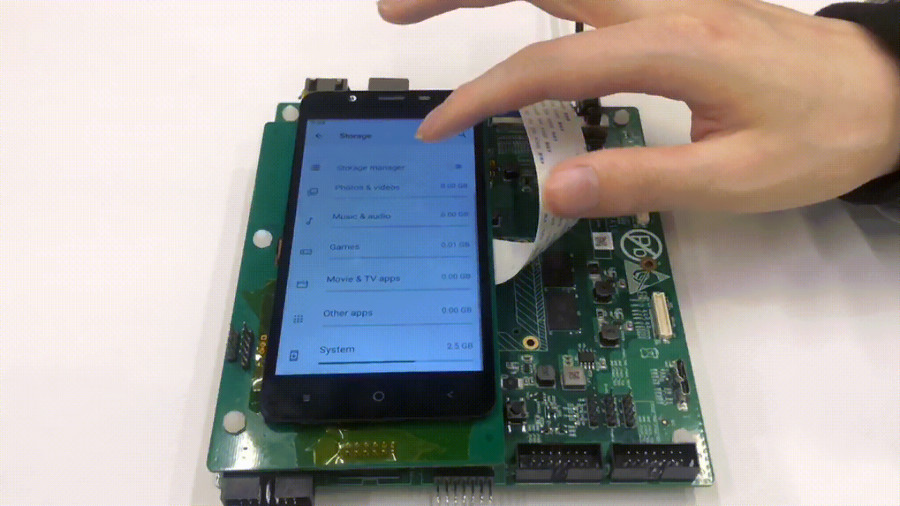T-Head, the semiconductor division of Alibaba, has released the source code for a functional port of Android 10 to the RISC-V architecture – including a guide to getting it up and running in the QEMU emulator.
The earliest success in porting the Android Open Source Project (AOSP) version of Android 10 to the free and open source RISC-V architecture came late last year when PLCT Lab announced its first successful minimal boot. T-Head’s effort, by contrast, goes considerably further: The company has succeeded in building a fully-functional Android 10 for RISC-V, including the Android Runtime (ART).
The porting effort took place on T-Head’s in-house evaluation board for its 64-bit RISC-V XuanTie C910 system-on-chip, which includes three CPU cores and one GPU core. As well as running on real RISC-V hardware, though, T-Head has released instructions on applying its patches to the AOSP source and building it for the QEMU emulator – letting those without access to the evaluation board try it out for themselves.
PLCT Lab’s Wei Wu has confirmed that his group has teamed up with T-Head for future development of the port. “We are just starting to port ART [Android Runtime], and have no graphics support yet,” Wu says of the original PLCT Lab port. “Since T-Head has open sourced, the PLCT Lab has started to collaborate with the T-Head, and contribute to T-Head’s repos. The two independent projects would be merged into one.”
The source code for T-Head’s port has been published to GitHub under an unspecified licence; a quick-start guide offers instructions on applying the patches to the AOSP source, building, and running the build in QEMU.
